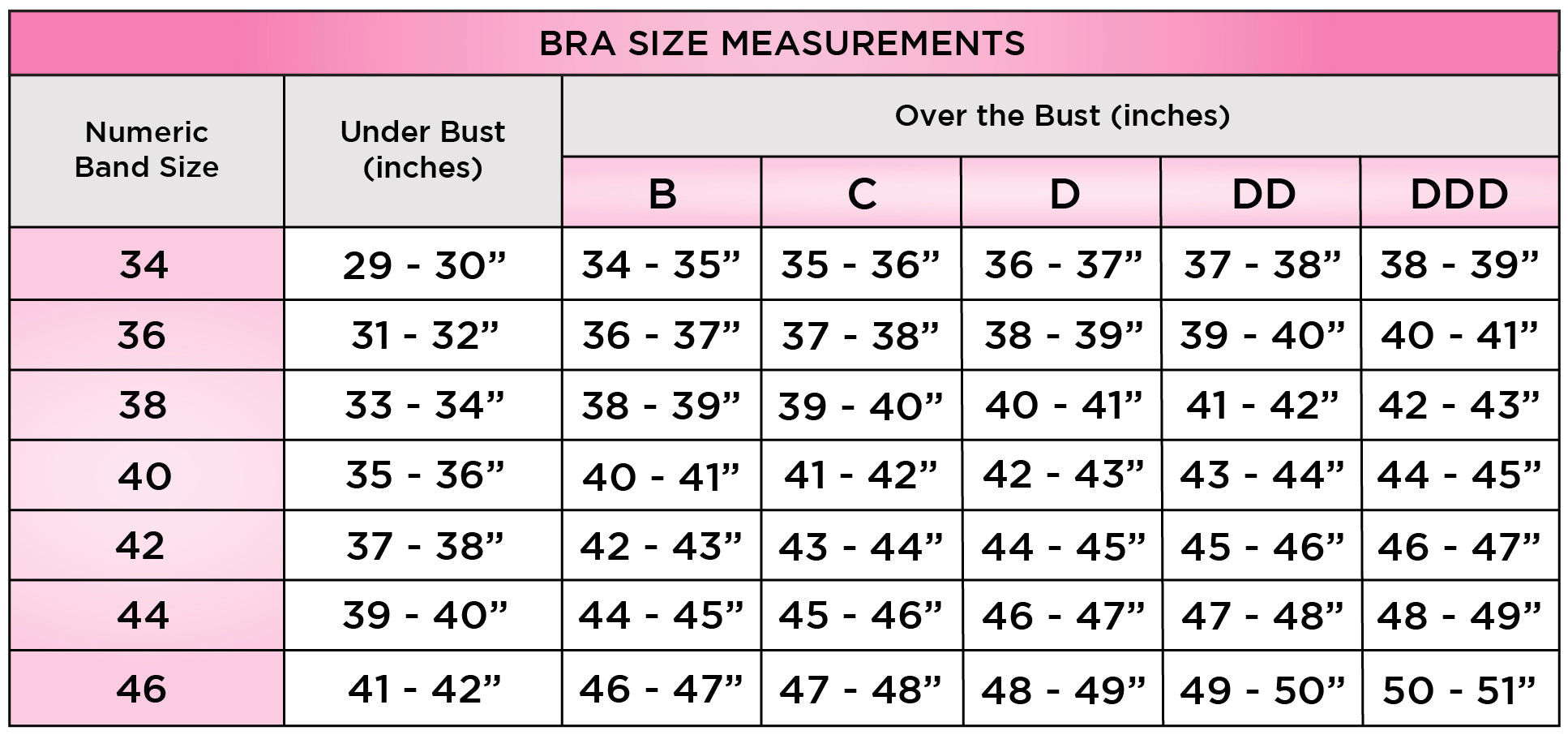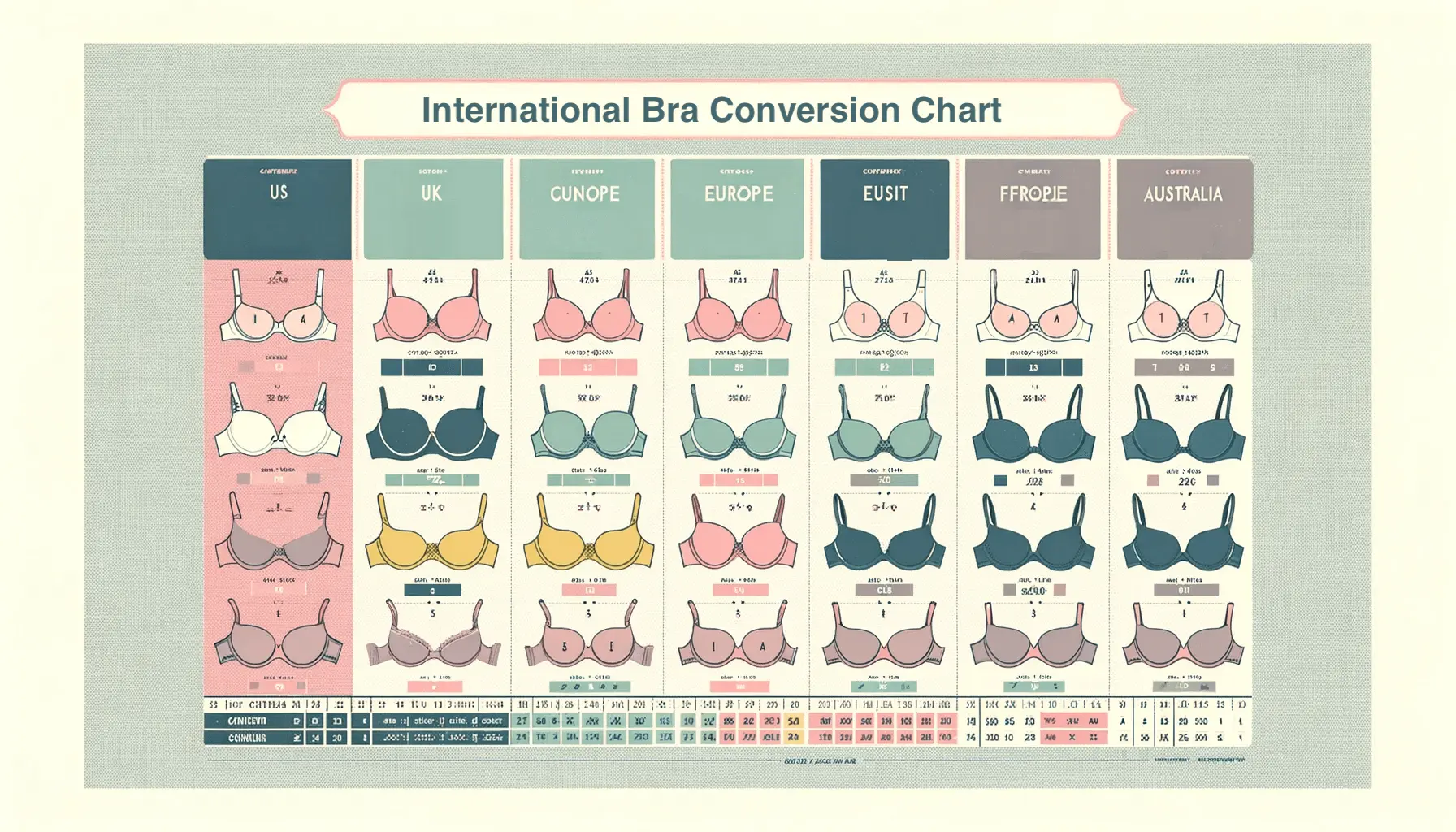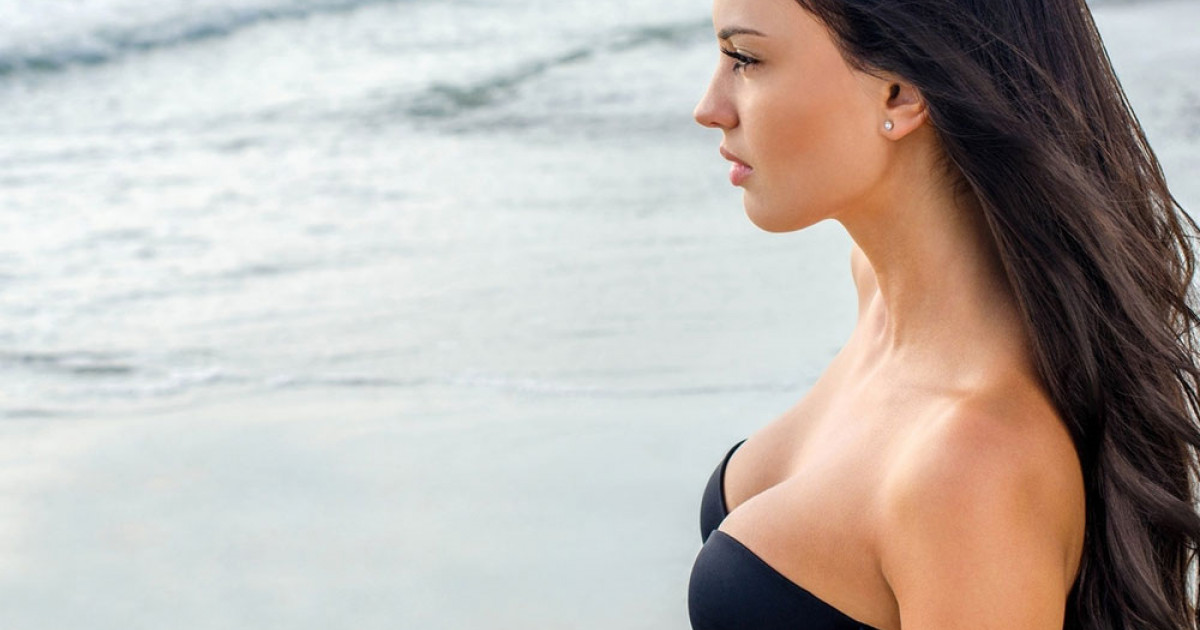How to Measure Your Bra Size (and Discover the Different Types of Bras)
Do you know your real bra size? Or do you usually end up buying bras that feel uncomfortable or don’t fit properly? Finding the right bra size is easier than it seems—just a few simple steps with a soft measuring tape can give you the answer.
In this guide, we’ll walk you through how to measure your band and cup size, then explore the main types of bras and when to use each one.

Bra Size Basics: Band and Cup
A bra size has two parts:
- Band size (a number): Measurement around your torso just under your bust (e.g., 32, 34, 36).
- Cup size (a letter): Measurement that reflects the volume of your bust (e.g., A, B, C).
Together, these form your complete bra size—for example, 34B or 36C.
👉 Keep in mind: sizing can vary slightly by brand or style, so you may need to try on a couple of sizes to find your best fit.
How to Measure Your Bra Size (U.S. System)
You’ll need a soft measuring tape and a mirror to make sure the tape stays level.
Step 1. Measure your band size
Wrap the tape measure snugly around your ribcage, directly under your bust. Round to the nearest whole number.
- If the number is even, add 4 inches.
- If the number is odd, add 5 inches.
This gives you your band size.
👉 Example: If you measure 31 inches under your bust → add 5 → band size = 36.
Step 2. Measure your bust size
Measure around the fullest part of your bust (usually across the nipples). Keep the tape parallel to the ground and relaxed—not too tight. Round to the nearest whole number.
Step 3. Calculate your cup size
Subtract your band size (step 1) from your bust measurement (step 2). The difference determines your cup size:
Cup size guide (U.S. inches):
- 1 inch → Cup A
- 2 inches → Cup B
- 3 inches → Cup C
- 4 inches → Cup D
- 5 inches → Cup DD/E
- 6 inches → Cup DDD/F
- 7 inches → Cup G
- 8 inches → Cup H
👉 Example: Bust = 37 in, Band = 34 → difference = 3 → Cup C.
Your bra size = 34C.
| Band Size | Bust = Band+1 (Cup A) | Band+2 (Cup B) | Band+3 (Cup C) | Band+4 (Cup D) | Band+5 (Cup DD/E) | Band+6 (Cup DDD/F) | Band+7 (Cup G) | Band+8 (Cup H) |
|---|---|---|---|---|---|---|---|---|
| 30 | 31 in (30A) | 32 in (30B) | 33 in (30C) | 34 in (30D) | 35 in (30DD/E) | 36 in (30DDD/F) | 37 in (30G) | 38 in (30H) |
| 32 | 33 in (32A) | 34 in (32B) | 35 in (32C) | 36 in (32D) | 37 in (32DD/E) | 38 in (32DDD/F) | 39 in (32G) | 40 in (32H) |
| 34 | 35 in (34A) | 36 in (34B) | 37 in (34C) | 38 in (34D) | 39 in (34DD/E) | 40 in (34DDD/F) | 41 in (34G) | 42 in (34H) |
| 36 | 37 in (36A) | 38 in (36B) | 39 in (36C) | 40 in (36D) | 41 in (36DD/E) | 42 in (36DDD/F) | 43 in (36G) | 44 in (36H) |
| 38 | 39 in (38A) | 40 in (38B) | 41 in (38C) | 42 in (38D) | 43 in (38DD/E) | 44 in (38DDD/F) | 45 in (38G) | 46 in (38H) |
| 40 | 41 in (40A) | 42 in (40B) | 43 in (40C) | 44 in (40D) | 45 in (40DD/E) | 46 in (40DDD/F) | 47 in (40G) | 48 in (40H) |
Understanding the Cup
The cup letter shows breast volume relative to your band size:
- Smaller differences (A, B) → smaller bust volume.
- Larger differences (DD/E, F, G) → fuller bust volume.
This explains why two women with the same band (e.g., 34) may wear very different cups.
Types of Bras
Once you know your size, choosing the right style is the next step. Bras are designed for different functions, shapes, and outfits.
1. By Center Bridge
- Plunge: Narrow bridge, ideal for deep necklines.
- Full coverage bridge: Wider, offering more support.
2. By Cup Coverage
- Full cup: Maximum coverage and support.
- Balcony: Lower cut for open necklines.
- Balconette: Squared neckline, great for wide tops.
- Demi/half cup: Lower cut, gives a natural lift.
3. By Strap Position
- Standard straps: Everyday wear.
- Multiway/convertible: Straps can be rearranged (crisscross, halter, one-shoulder).
- Strapless: Designed to stay in place without straps.
4. By Breast Placement/Effect
- Push-up: Lifts and enhances cleavage.
- Minimizer: Creates a smaller, smoother look.
- Side support: Shapes and supports from the sides.
- Classic/regular: Natural fit and comfort.
5. By Band Style
- Bandless: Lightweight, cups attach directly to straps.
- Half band: Moderate support.
- Full band: Stronger structure and more support.
6. By Padding/Filling
- Foam-lined: Light shaping and modesty.
- Spacer: Breathable, adapts to breast shape.
- Unlined: No padding, natural silhouette.
Final Thoughts
Wearing the right bra size makes a huge difference in comfort, posture, and confidence. With just a few quick measurements, you can avoid the discomfort of ill-fitting bras and find the styles that best suit your body and lifestyle.
From everyday t-shirt bras to strapless evening options or supportive sports bras, there’s a perfect bra for every occasion.


Eat Better. Feel Better.
Get 35% OFF your first order with code MH35. Fresh, gluten-free meals delivered to your door!
Order Now
